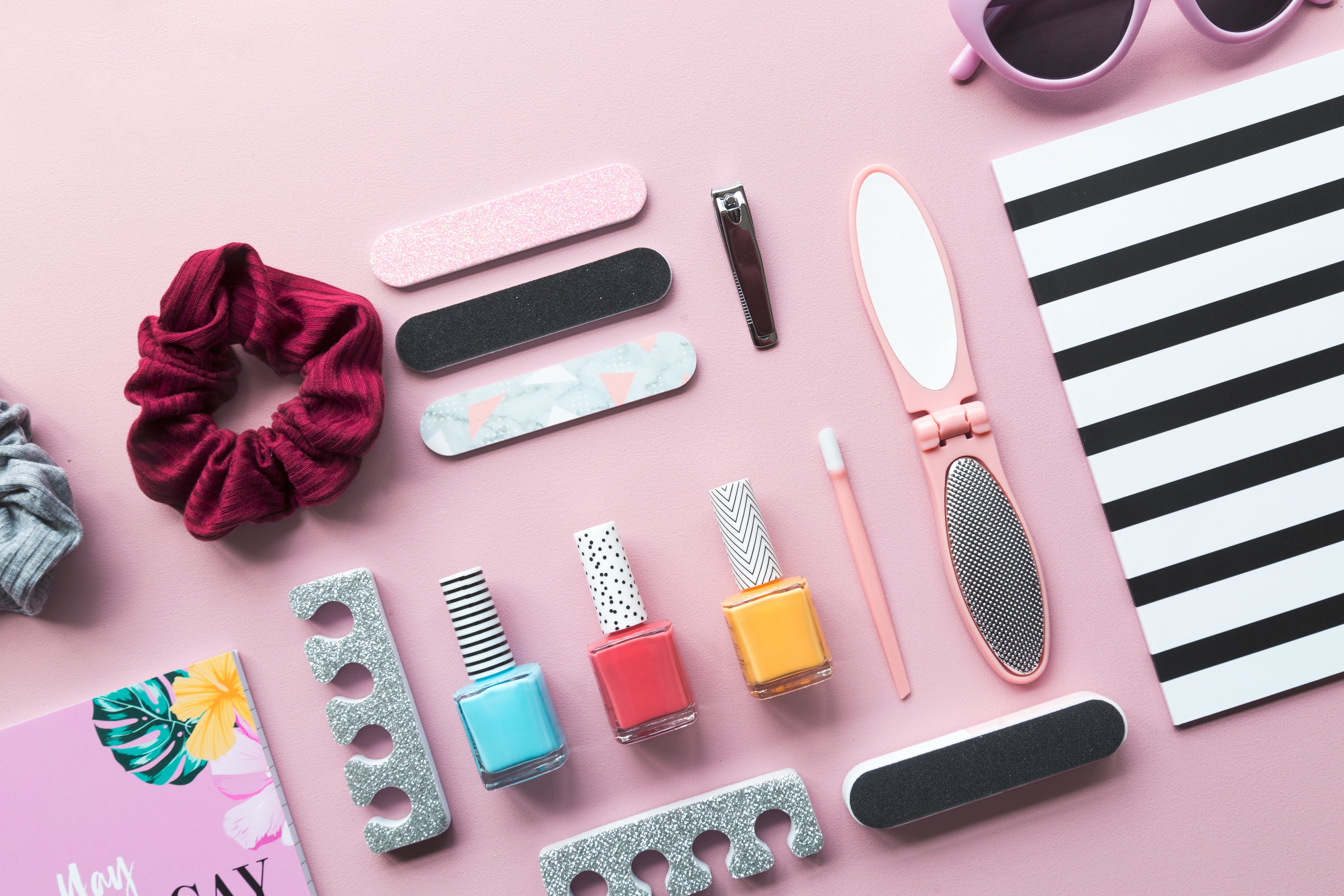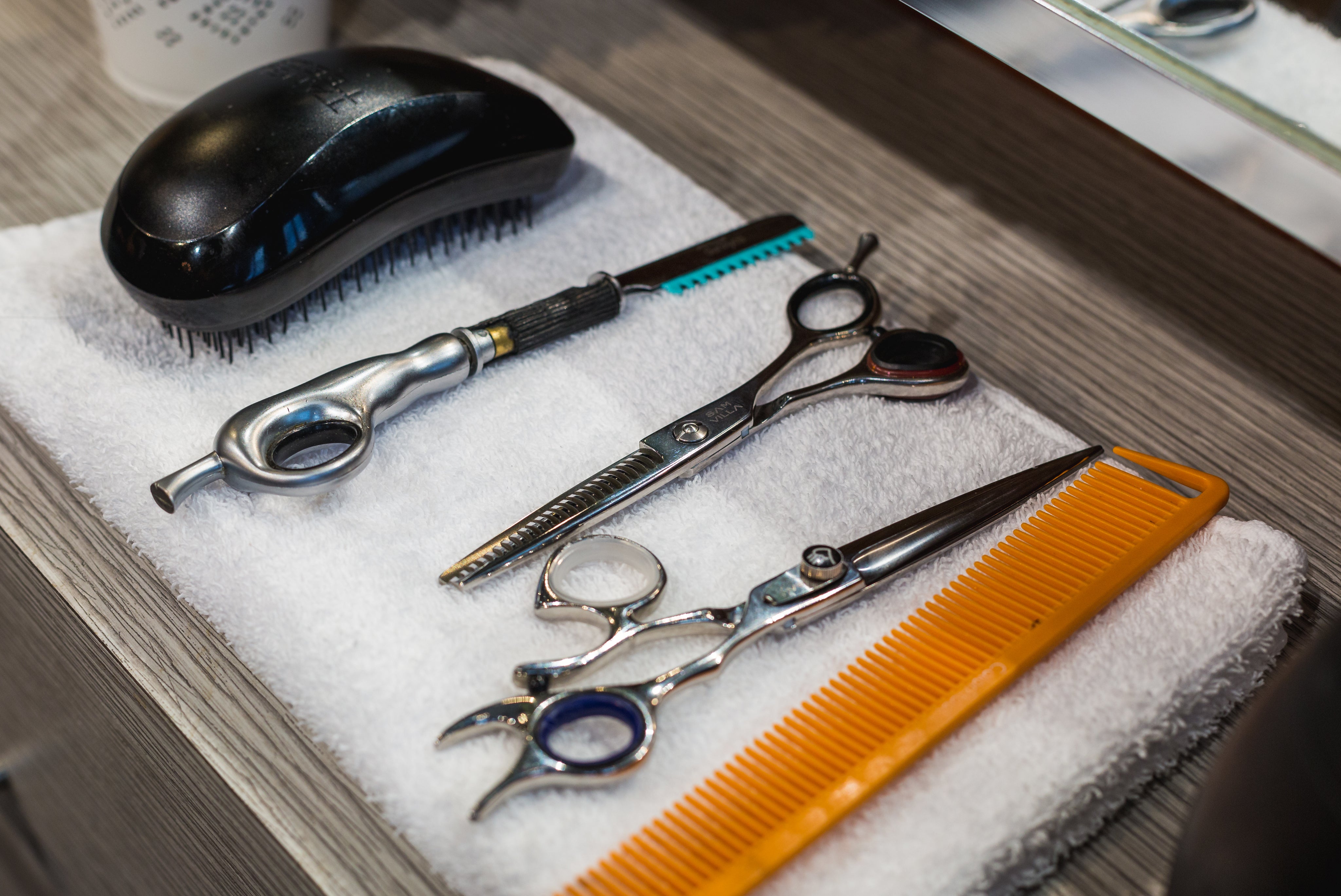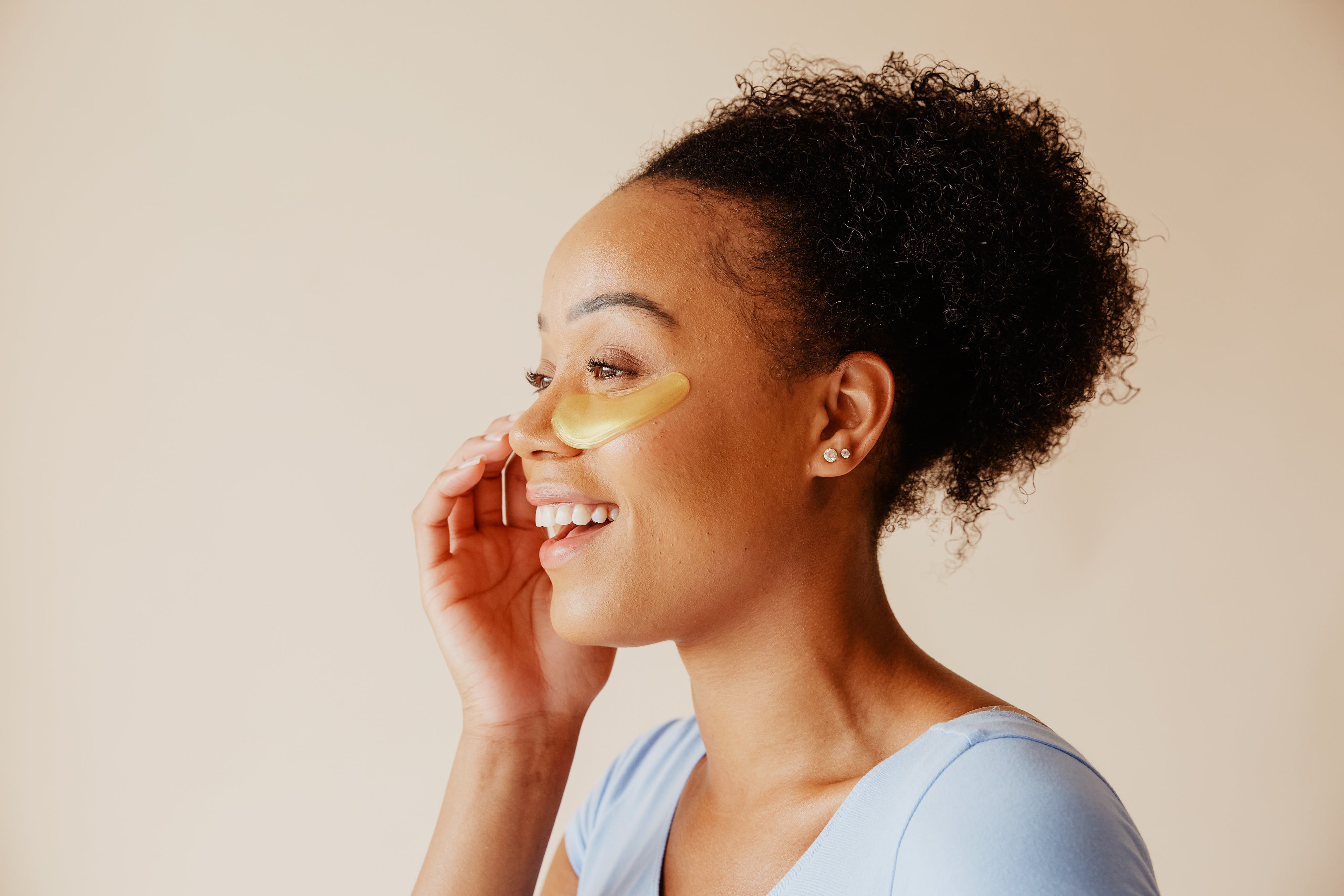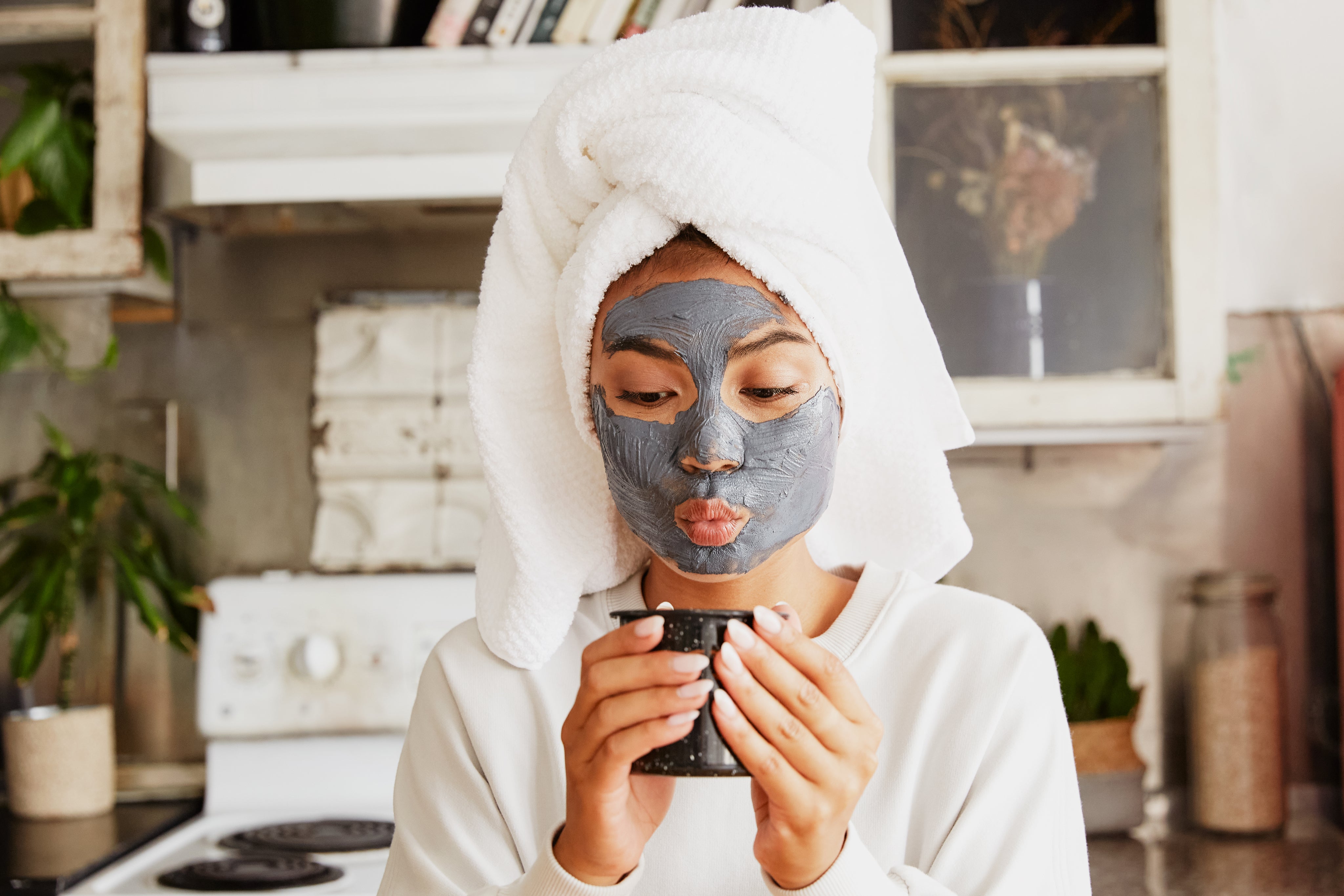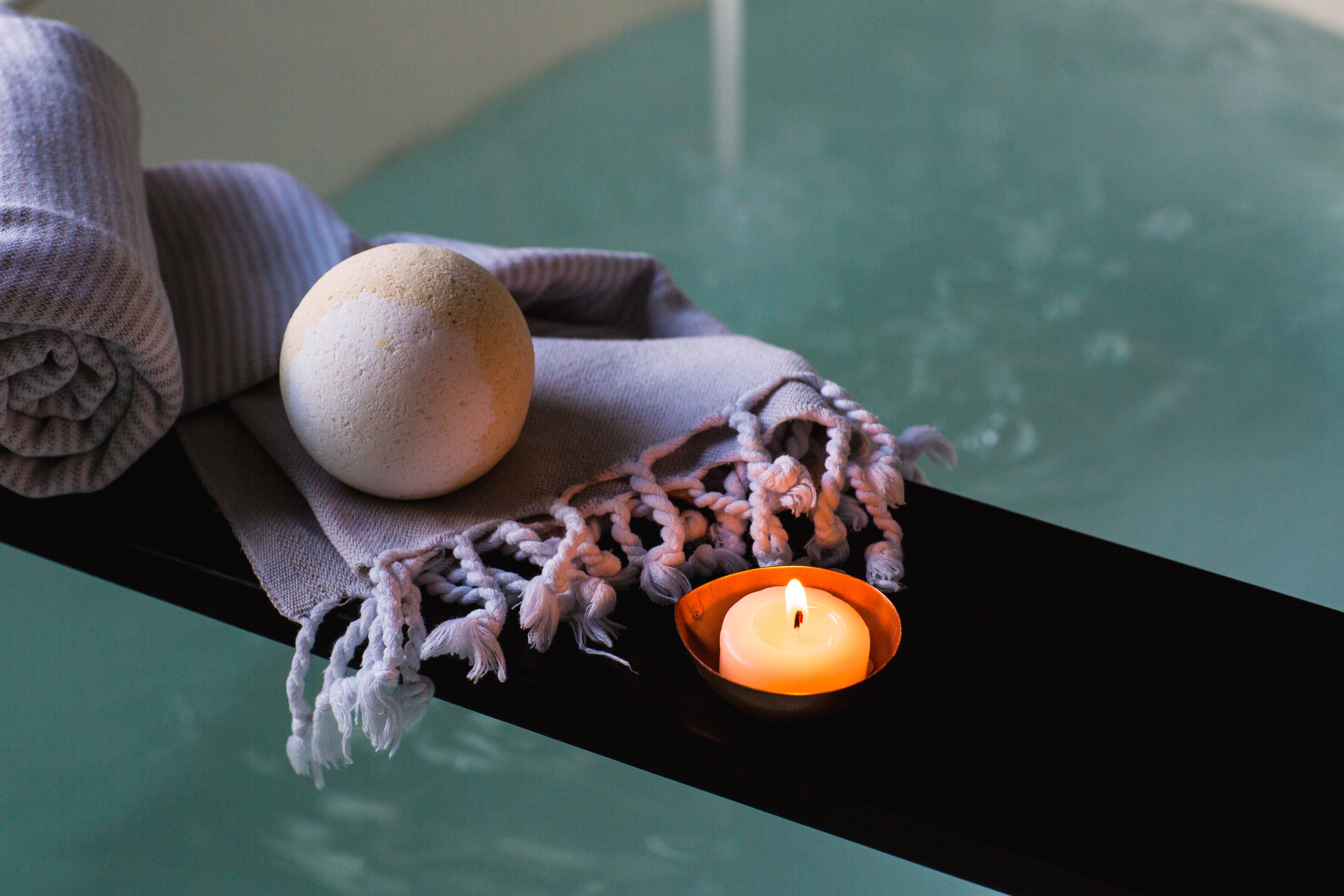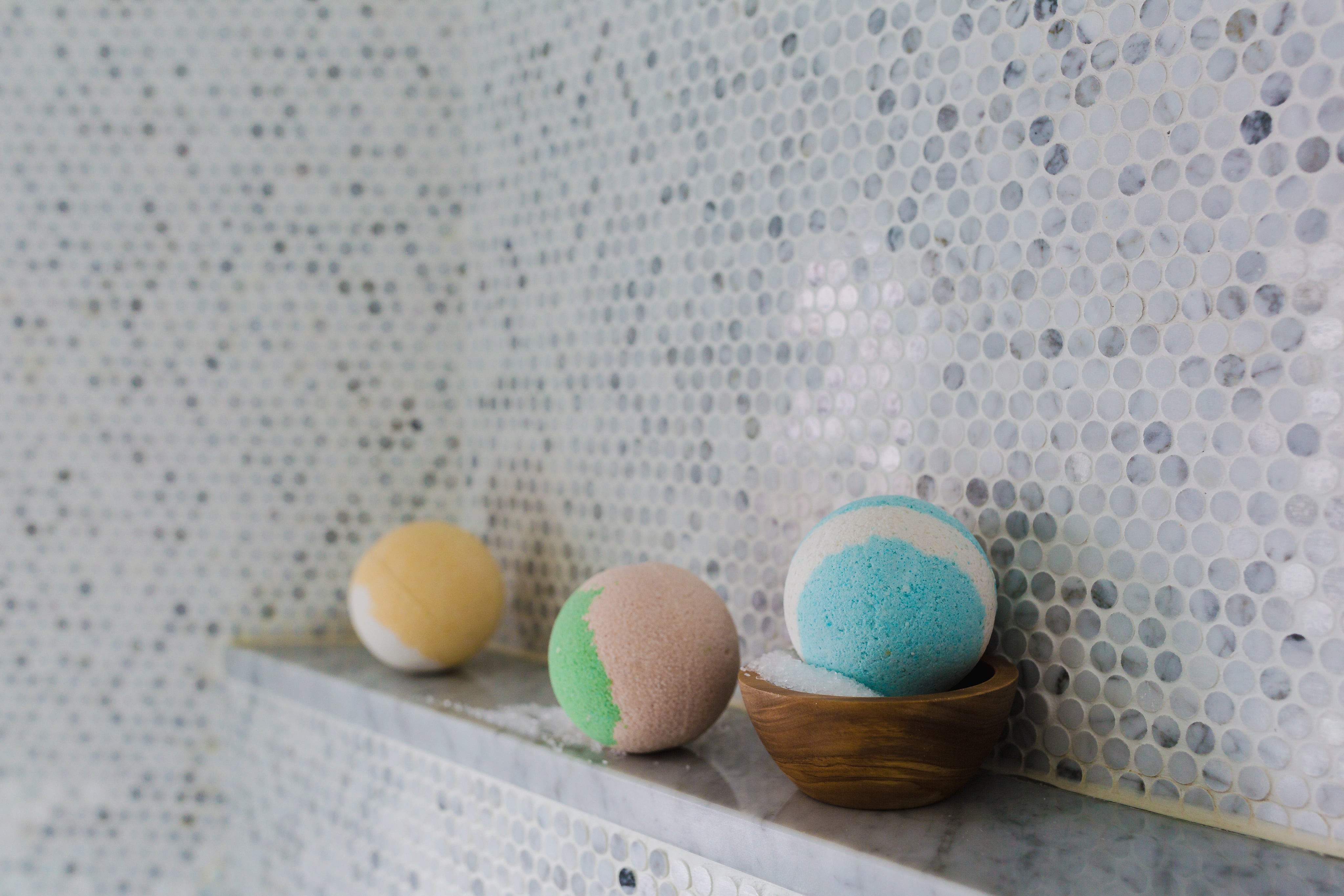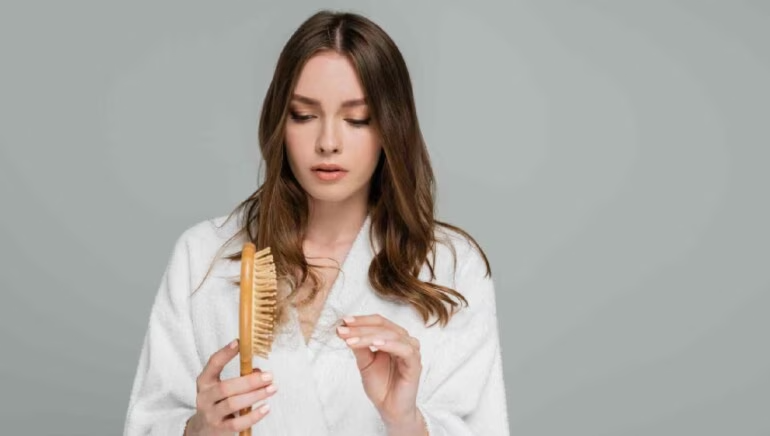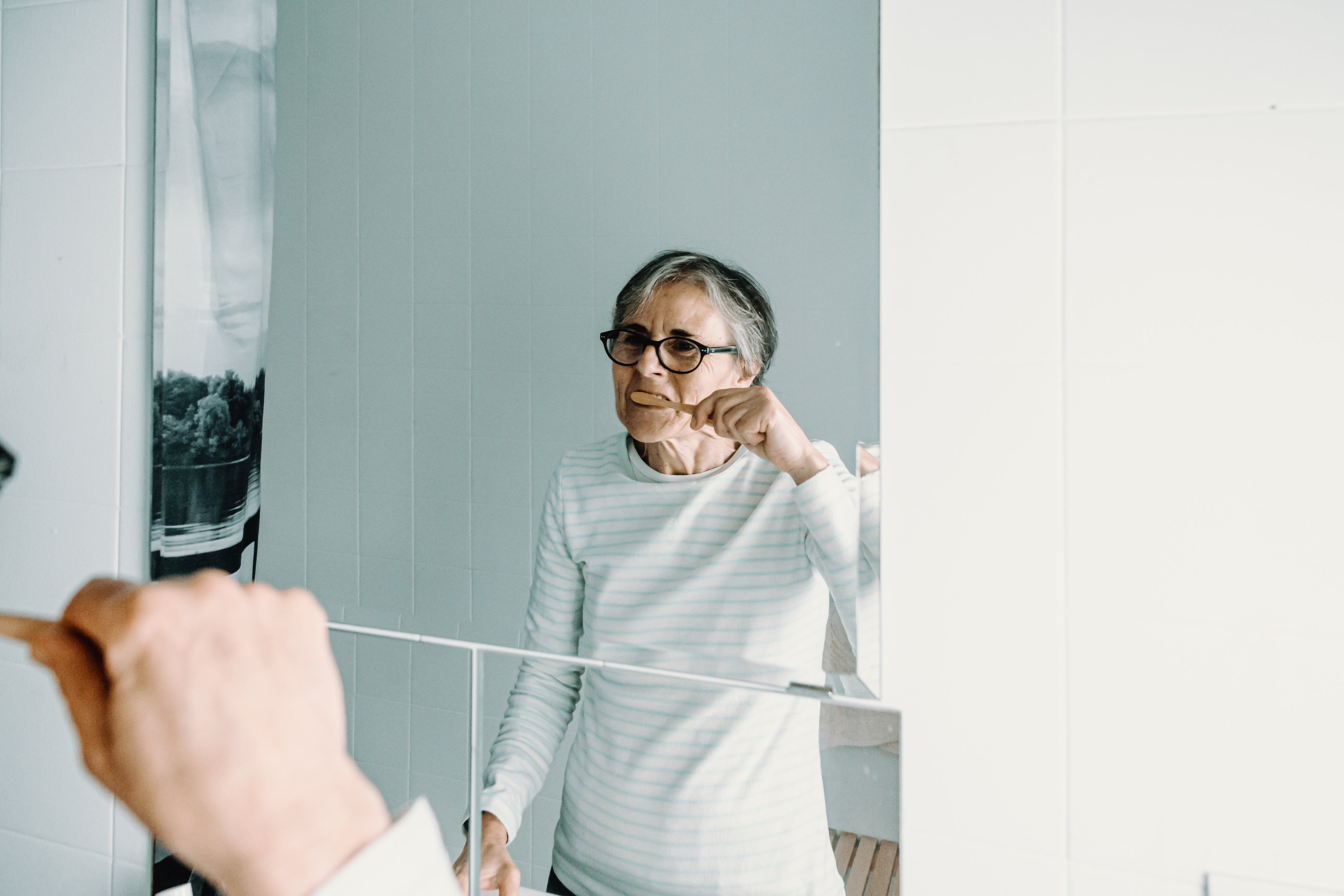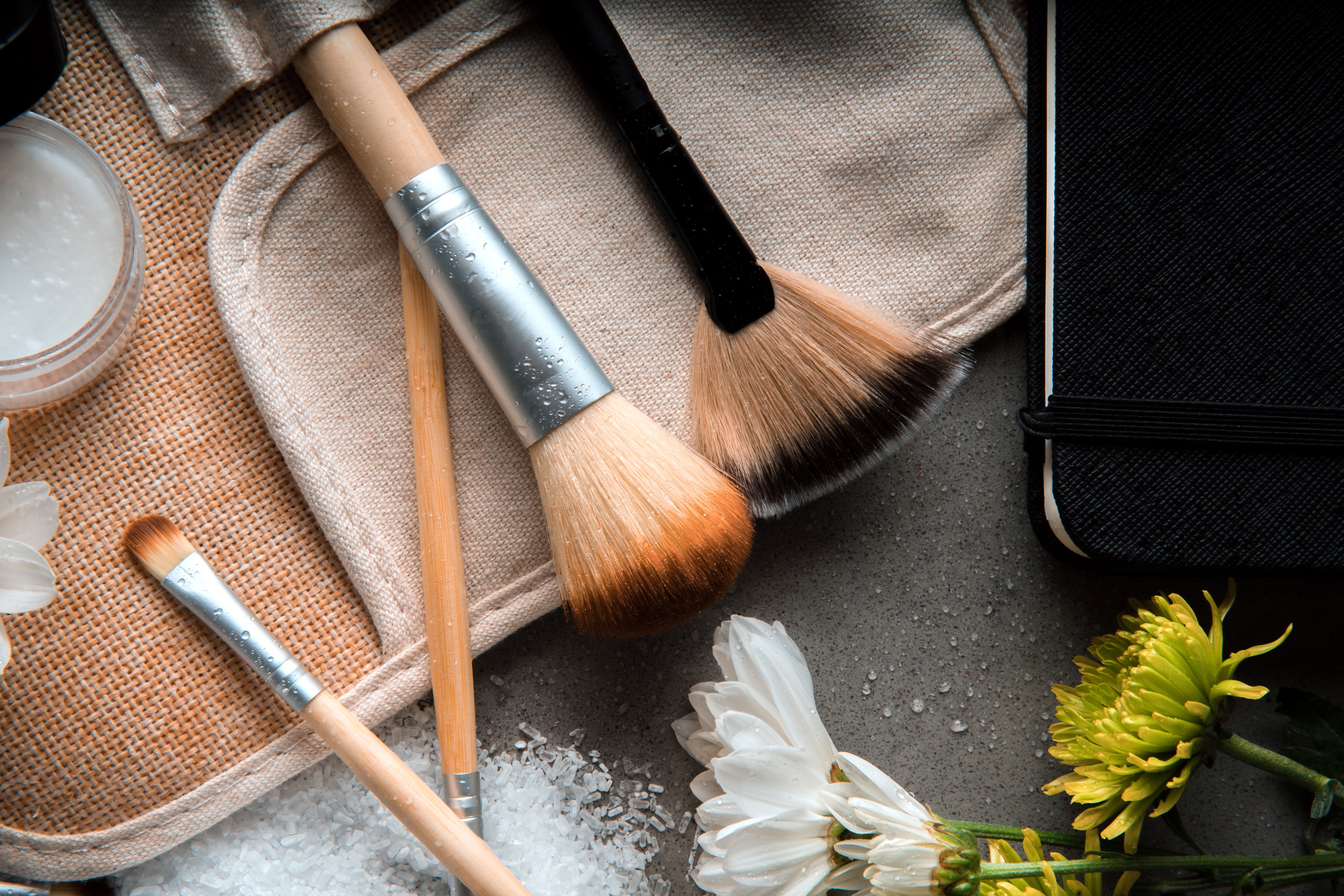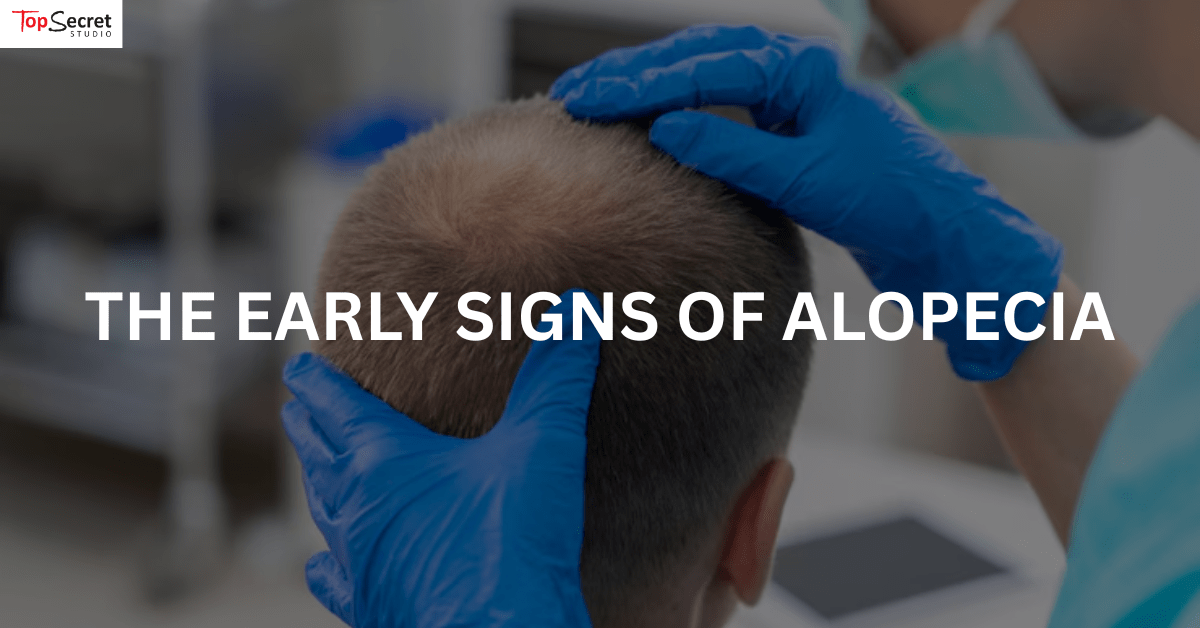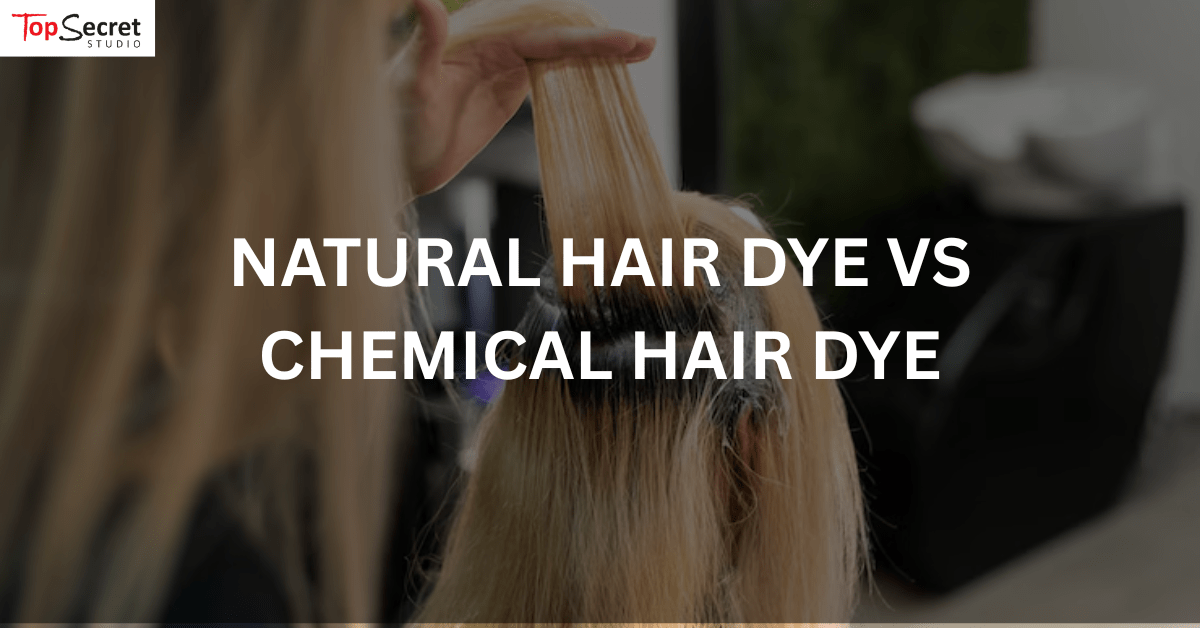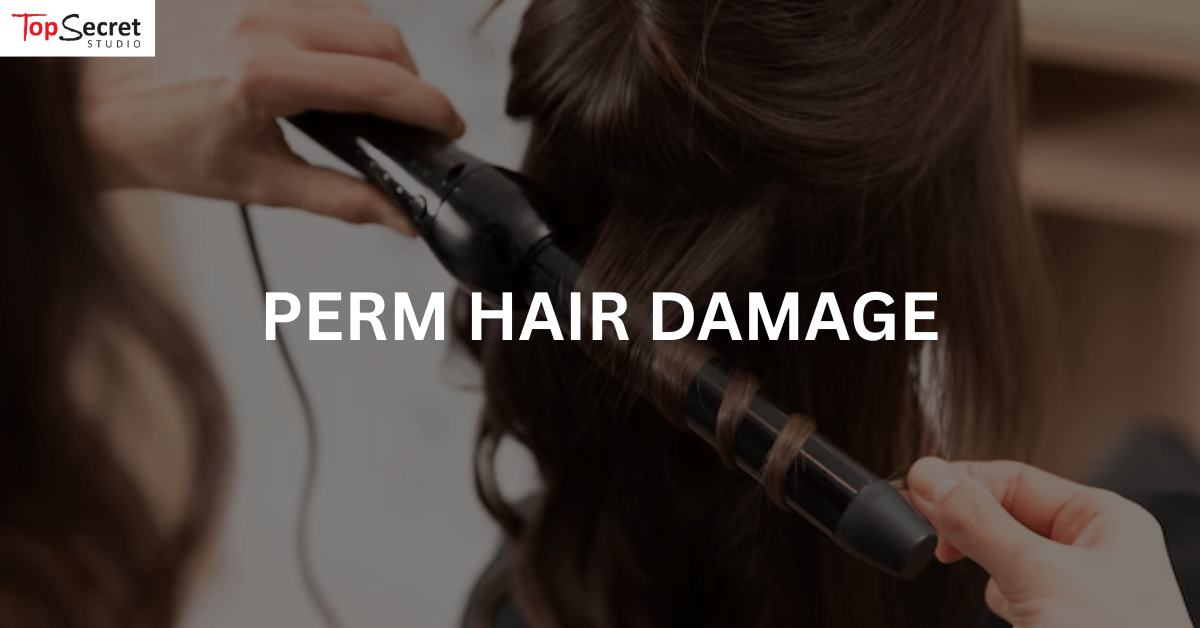
Perm Hair Damage: What You Need to Know Before Perming
Ah perming, the once go-to style of the '80s has made a strong comeback. From soft beach waves to defined curls, it’s become a popular way to achieve long-lasting texture without daily styling. But alongside the renewed interest in curls, a common question that often comes up is does perming damage your hair?
The answer, like many things in life, isn’t a straight yes or no. It depends on various factors like hair care, condition technique and how often it’s done. Today, we will answer all the often asked questions such as “Can perm damage hair?” and “Does perming cause hair loss?”, so you know exactly what you're getting into before booking that salon appointment.
Trust us, get to know what perming is about before committing to it, and your hair will thank you.
What Is Perming and How Does It Work?
Perming is a chemical hair treatment that changes the internal structure of your hair to create curls or waves. It works by breaking and reforming the hair’s disulphide bonds, basically the bonds that give hair its natural shape.
In simple terms:
- Hair is treated with a chemical solution (usually ammonium thioglycolate).
- This breaks the internal bonds.
- Hair is then wrapped around rods or rollers.
- A neutraliser is applied to rebuild the bonds in the new shape.
This process gives a “permanent” curl or wave. Hence, the term perm.
“While the results can be stunning, it’s important to remember that perming is a chemical process that alters your hair's natural structure.”
Can Perm Damage Hair? The Science Behind It
Let’s get this out of the way. Yes, perming can damage your hair. Especially if it’s done too often on already weakened hair, or without proper aftercare. The extent of the damage depends on your hair’s original condition and how the perm is applied.
Here’s what happens during a perm that can harm your hair:
- Strips moisture: The chemicals used can dehydrate hair, leaving it dry and brittle.
- Weakens structure: Breaking down disulphide bonds weakens the hair shaft.
- Changes porosity: Permed hair often becomes more porous, which means it absorbs and loses moisture faster.
- Breakage: If hair isn't strong enough, it may break off, especially near the ends.
Common signs of perm-related damage:
- Hair feels rough or straw-like
- Ends split easily
- Hair loses shine
- It breaks when combed or brushed, even gently
- Feels “gummy” or stretchy when wet
Does Perming Cause Hair Loss?
A common worry is whether perming causes hair loss. The truth is, perming doesn’t directly cause hair to fall out from the roots. What it can do, is lead to hair breakage, which gives the appearance of thinning.
There’s a difference between:
- Hair breakage: Damage along the hair shaft, usually mid-length to ends.
- Hair loss: Hair falling from the root, often with the bulb attached.
However, the scalp can react poorly to the perming process, especially if it’s sensitive or already inflamed. This can occasionally trigger temporary shedding, especially if the scalp is irritated, burned, or improperly protected during the perm.
To be safe:
- Avoid perming hair that’s already bleached, coloured frequently, or chemically straightened.
- Do a patch test before perming to check for allergic reactions.
- Get a scalp assessment if you’ve experienced recent hair thinning.
Who Should Avoid Perming?
Perming isn’t a universal treatment. Some hair types and conditions may not handle the process well while others hair types can handle it remarkably well.
You should reconsider or consult a professional first if you:
- Have brittle or heavily damaged hair
- Have undergone recent colouring, bleaching or rebonding
- Are experiencing excessive shedding or scalp issues
- Have very fine, weak, or thinning hair
How to Tell If Your Hair Is Ready for a Perm
Here’s a simple table to help you evaluate your hair's current health before getting a perm:
| Hair Condition | Safe to Perm? | Notes |
|---|---|---|
| Healthy, uncoloured, thick | Safe | Still requires moisture care afterwards |
| Recently coloured or lightened | Be cautious | May increase dryness or breakage |
| Chemically straightened recently | Not recommended | Double processing causes severe damage |
| Scalp irritation or flakiness | Avoid | May worsen scalp sensitivity |
| Excessive shedding or thinning | See a specialist | Rule out underlying causes first |
How to Minimise Damage From Perming
If you’re set on perming, there are steps you can take to reduce the damage and keep your curls bouncy and healthy.
Before the perm:
- Do a deep-conditioning treatment 2–3 days before
- Avoid colouring or chemically treating your hair for at least 4–6 weeks
- Make sure your hair is in reasonably good condition
- Get a professional consultation, ideally with someone experienced in perming
After the perm:
- Wait at least 48 hours before washing your hair
- Use a sulphate-free, moisturising shampoo and conditioner hair products.
- Apply weekly hair masks or treatments
- Avoid heat styling tools for at least 1–2 weeks
- Trim your ends regularly to prevent split ends travelling upwards
- Gently pat hair dry, avoid rough towel drying
Treat your permed hair like delicate fabric, it needs moisture, care, and minimal stress.
Perming and Scalp Health
Perming doesn’t just affect the hair, it can impact the scalp too. Harsh chemicals may cause dryness, itching, or even chemical burns if not applied properly. People with sensitive or oily scalps may notice increased irritation post-perm so be extra careful when going for a perm.
A few things to keep in mind:
- Never perm over a flaky, inflamed, or broken scalp.
- If you feel stinging or burning during the process, speak up immediately.
- Post-perm, use scalp-friendly products to restore comfort and balance.
Can Damaged Hair Be Fixed After a Perm?
Yes, to an extent. While you can’t fully reverse chemical changes, you can rebuild moisture levels, strengthen the hair shaft, and improve manageability.
Protein treatments
Protein treatments are designed to repair the internal structure of the hair, especially when it's been weakened through chemical processes. These treatments fill in gaps in the cuticle layer and reinforce the hair shaft, making it more resilient to breakage. They're particularly helpful for hair that feels stretchy, limp, or breaks easily when wet.
Moisture masks
After a perm, hair can feel dry or brittle due to lost moisture. Deep conditioning masks rich in hydrating ingredients help restore softness and flexibility, making the hair easier to style and less likely to snap. These masks should be used regularly to maintain a healthy moisture balance, especially if your hair feels rough or dull.
Scalp treatments
The perming process can sometimes leave the scalp feeling dry, tight, or irritated, particularly if the chemicals came into contact with the skin. Scalp treatments that focus on calming inflammation and replenishing natural oils can help reduce itching or discomfort while supporting healthy hair growth.
Bond-repair treatments
Products that contain bond-repairing ingredients, like bis-aminopropyl diglycol dimaleate, help reconnect broken bonds inside the hair fibre. These treatments are especially effective for restoring elasticity and improving the long-term strength of chemically processed hair. While they can’t reverse a perm, they can make the hair feel more solid and less prone to snapping or frizz.
You may also want to consult a trichologist, especially if the damage feels severe or you’ve noticed long-term thinning.
Alternatives to Perming
| Method | What It Does | Lasts For | Best For | Chemical-Free |
|---|---|---|---|---|
| Heatless curls (braids, curling rods) | Creates waves or curls without heat or chemicals | 1–2 days (can be refreshed) | All hair types. Especially fragile or young hair | Yes |
| Curl-enhancing products | Defines and holds natural wave or curl pattern | Until next wash | Naturally wavy or curly hair | Yes |
| Digital perm | Forms soft, natural curls using mild chemicals and heat | 3–6 months | Medium to thick hair types | No |
| Scalp treatments for volume | Stimulates hair roots to promote fuller, more voluminous appearance | Builds gradually with regular sessions | Fine or thinning hair | Yes |
Making the Most of Your Perm, Without the Damage
Perming can be a great way to change up your style with long-lasting results, but it does place extra demands on your hair.
While it doesn’t directly cause hair loss, it can lead to breakage, dryness, or thinning if your hair isn't in the right condition beforehand. The key is understanding what your hair needs before, during, and after the process.
At Top Secret, we believe looking good shouldn’t come at the cost of hair health. That’s why we offer perm hair products designed for permed or curly hair, from moisture-rich shampoos to restorative treatments that help reduce breakage and dryness, we’re committed to helping you find what works best for yours.
Frequently Asked Questions About Perming
Can I Colour My Hair After a Perm?
Yes. But it’s best to wait at least two weeks to avoid overstressing the hair. Always consult a stylist to check if your hair can handle both treatments safely.
How Long Should I Wait to Wash My Hair After a Perm?
You should wait 48 to 72 hours after a perm before washing to allow the curls to set fully and prevent them from loosening prematurely.
Can I Tie My Hair Up After Getting a Perm?
Avoid tying your hair for the first few days, as it can disturb the curl pattern and cause uneven kinks or dents.
Is There a Perm That Looks More Natural?
Yes. Digital perms and body wave perms are popular for creating a more natural, loose curl or wave, rather than tight ringlets.
How Long Does a Perm Typically Last?
Most perms last around 3 to 6 months depending on hair type, length, and how well you care for it afterwards.
What’s the Best Way to Sleep With Permed Hair?
Use a silk or satin pillowcase to reduce friction, and loosely braid or pineapple your hair to keep curls intact and reduce frizz.

